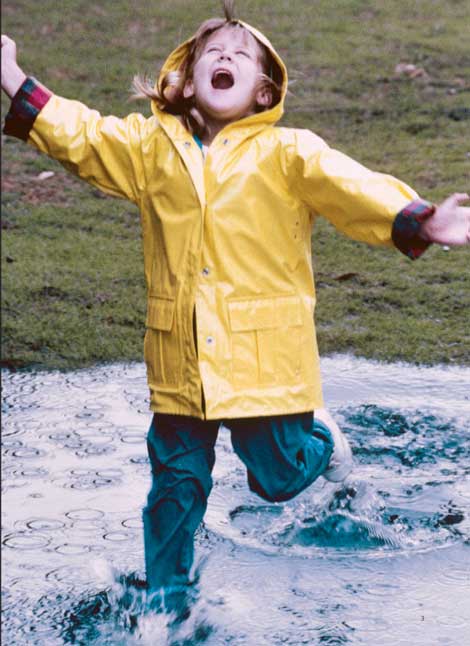|
Nature & Environment 2003 – Theme: Water in Denmark Water in DenmarkPeople use water every day – for drinking, for cooking and for washing. The quality of the water is essential to health. In Denmark, almost all drinking water comes directly from groundwater aquifers. Water is also an important element of nature, and a habitat for many animals and plants. People use water bodies for recreational activities, and property prices very clearly reflect people's willingness to pay extra to live in a house that overlooks the water. However, clean water is not an inexhaustible resource. Therefore, it must be protected, both by limiting water consumption, and by protecting water against pollution. All aquatic areas are linked together in a hydrological cycle. Through precipitation, leaching, flow, and evaporation, water moves continuously between the groundwater, the soil, the lakes and watercourses, the sea, glaciers and ice caps, and the atmosphere. Water in rivers around the world is exchanged about 22 times every year. Human activity in one part of the cycle affects the cycle as a whole. For instance pollution of the groundwater caused by agricultural use of fertilisers and pesticides affects lakes, watercourses and marine waters as well. Human impact on aquatic areas was massive throughout the last century. Aquatic areas were drained, many small waterholes disappeared, and streams were straightened. Moreover, surface and groundwater resources were polluted by sewage from private households and industry, as well as nutrient loss and pesticides. This has had a negative impact on animal and plant species, and it has reduced the groundwater resources available. However, in recent years there has been a reverse in this development. Better wastewater treatment and reduced consumption of phosphorus and nitrogen by agriculture have contributed to improving the quality of water. And Danes are now much better at saving water. Today, Danish households use only about three quarters of the water they used ten years ago. This positive trend is being followed up in the new Action Plan for the Aquatic Environment III, with its broad approach to improving the aquatic environment and nature and the relationship of farmers to their neighbours. Action Plans for the Aquatic Environment I and II focused in particular on regulation of nitrogen discharges from agriculture. In future, the EU Water Framework Directive – which took effect in 2000 and was transposed into Danish law in 2003 – will play an important part in the protection of the aquatic environment. The Water Framework Directive aims at safeguarding watercourses, lakes, transitional waters (estuaries, fjords etc.), coastal waters, and groundwater. Another initiative contributing to the positive development is the NATURA 2000 network of bird protection areas and habitats. The action plan for biodiversity and nature protection in Denmark 2004-2009 also includes measures to preserve and improve the aquatic environment. This booklet focuses on the initiatives launched by the Danish Ministry of the Environment to protect water. The booklet also describes the state of Danish water bodies and some of the most serious threats to the quality of water by reviewing 21 selected indicators that show developments over a number of years. All the Danish Ministry of the Environment's 70 indicators illustrating the state of nature and environment are available on the Danish EPA website: www.mst.dk
|
